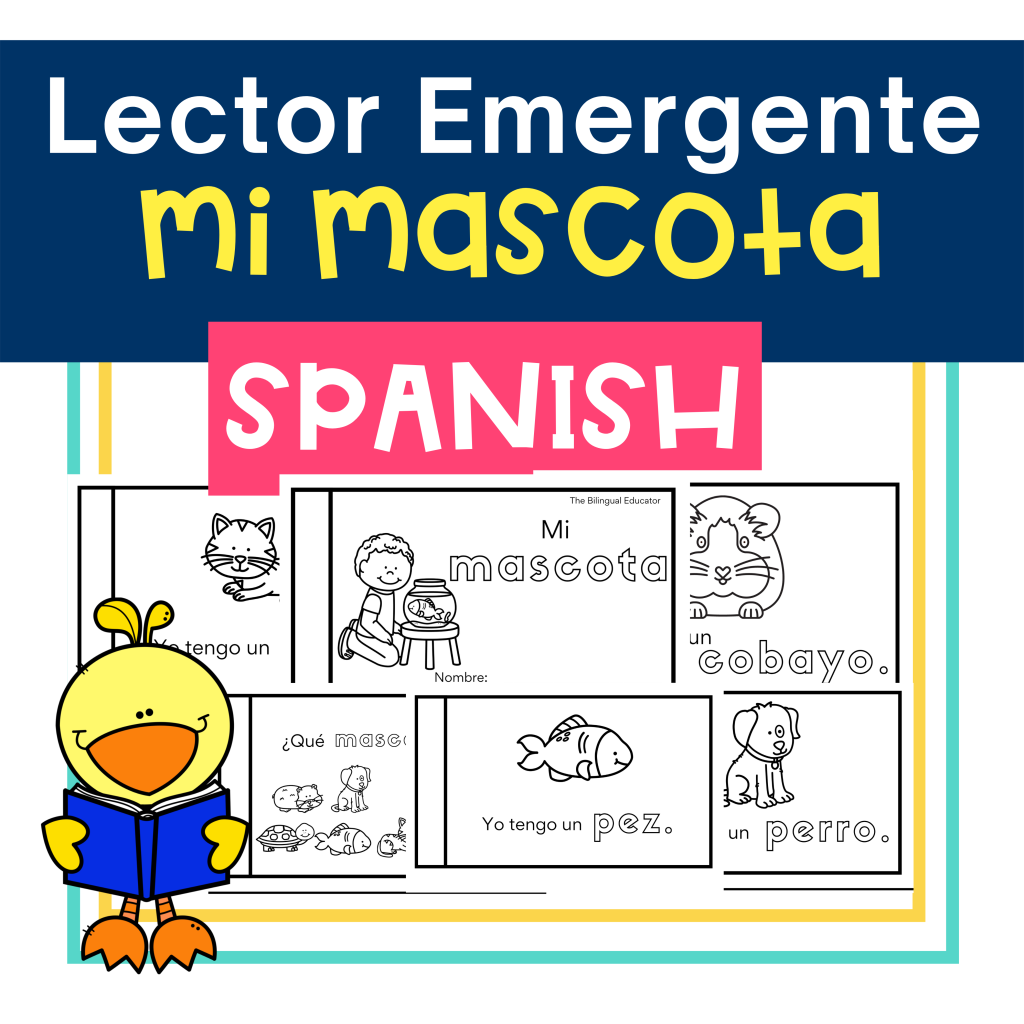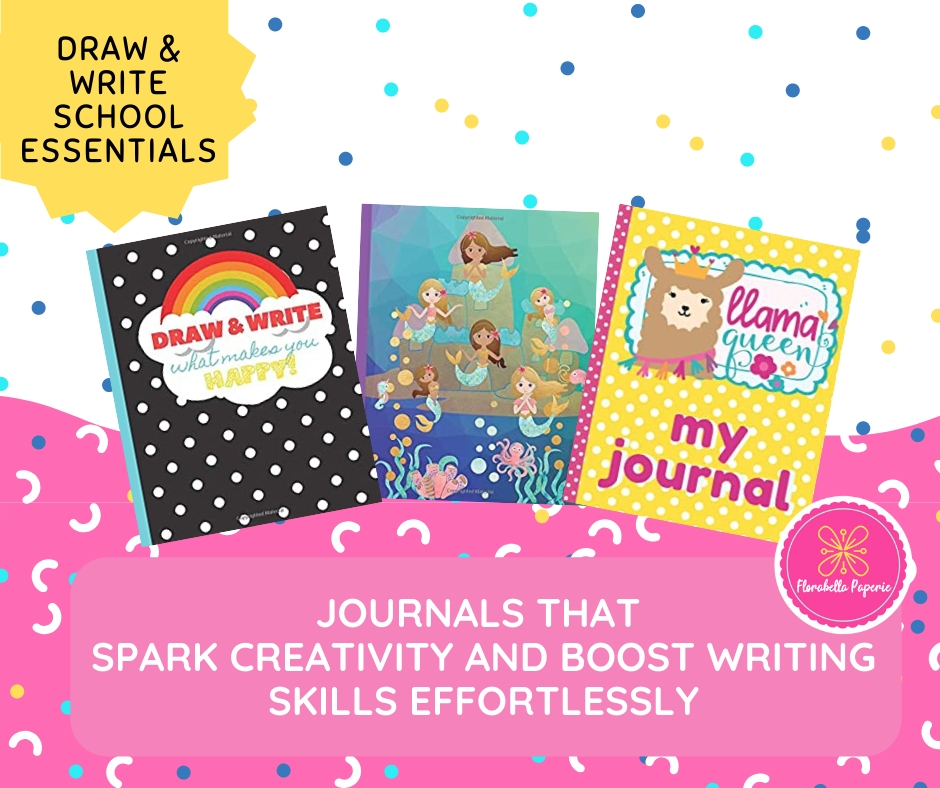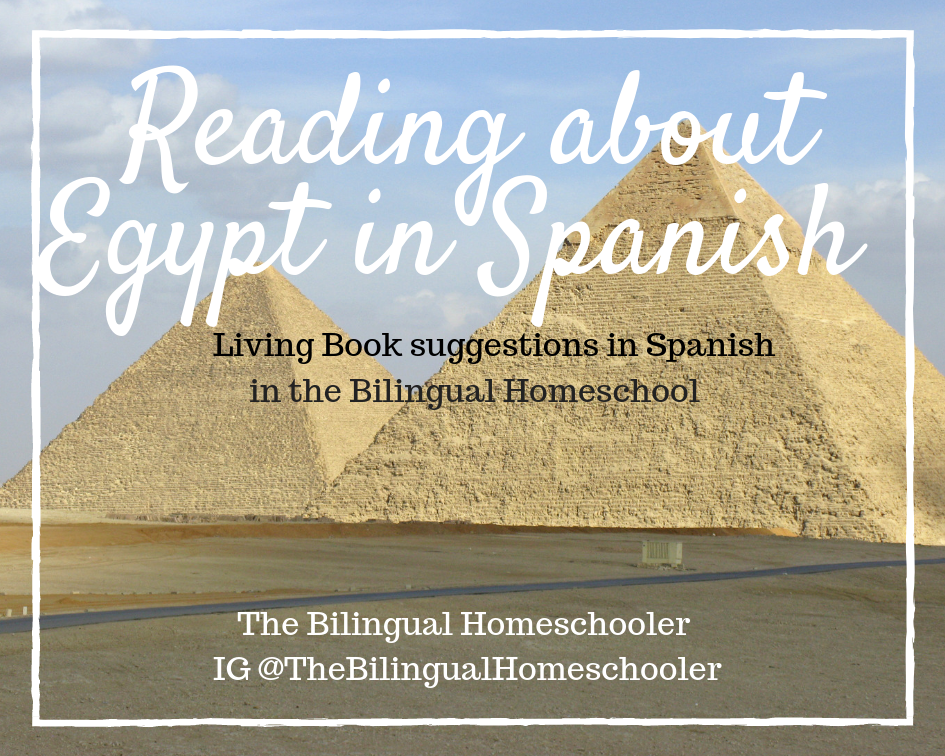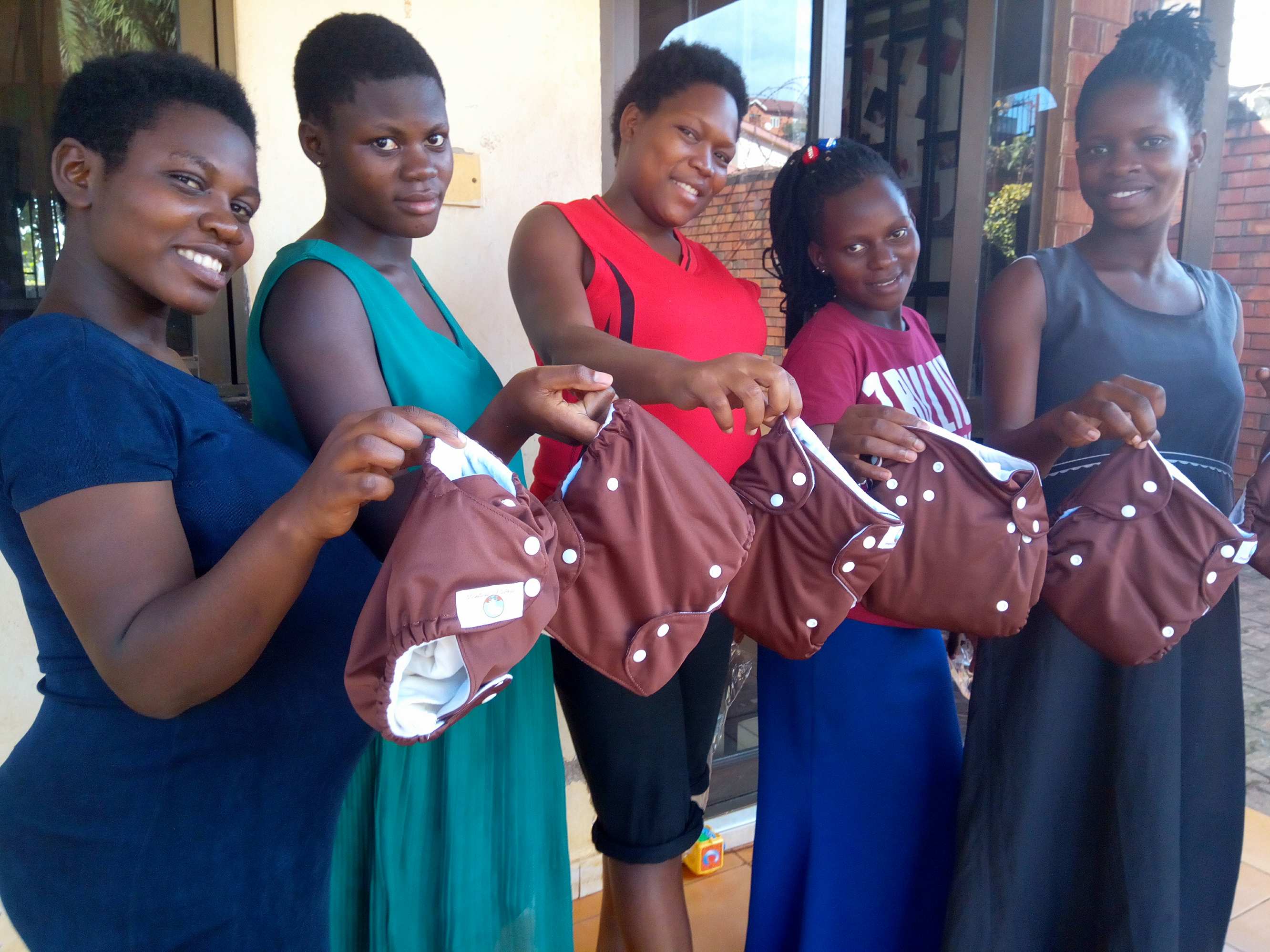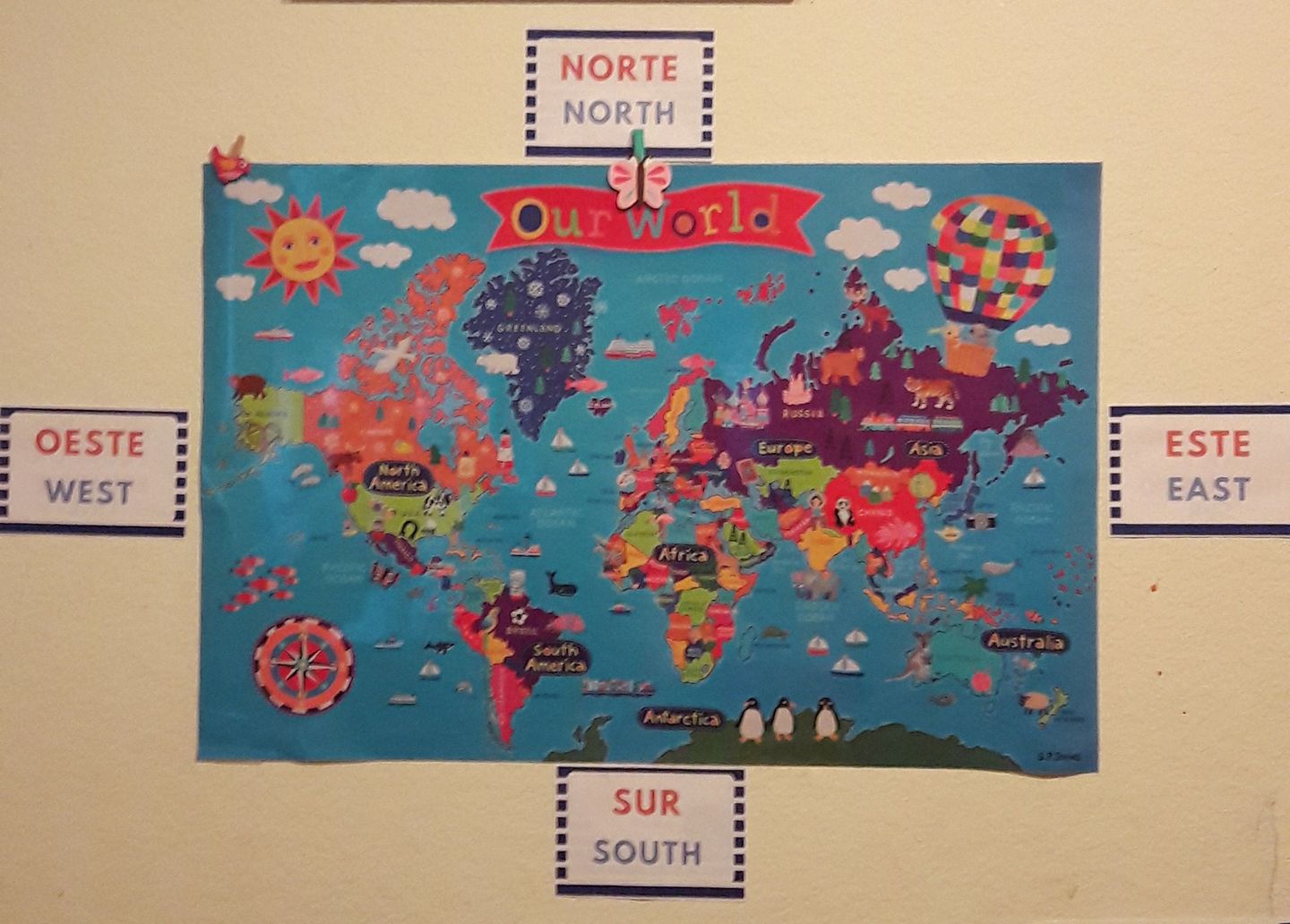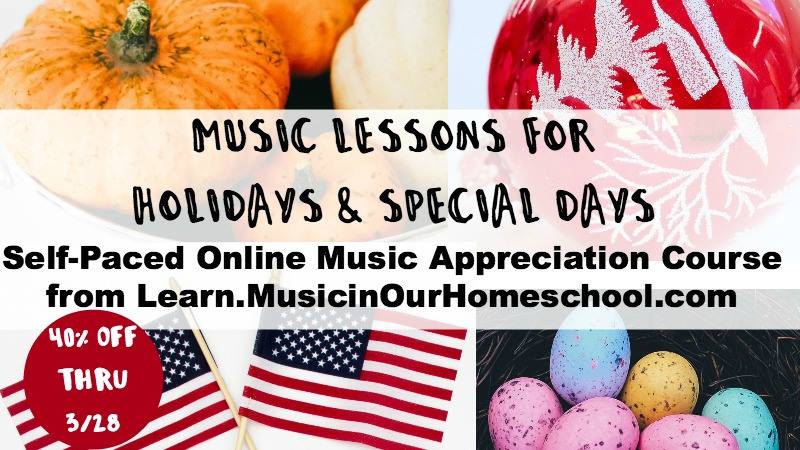
(This post includes affiliate links to resources that I trust and use. )
I have been using Abeka’s Language Arts program for each of my children for five years. I have been very impressed with Abeka, it is a solid curriculum! It is very complete with books, consumables, lesson plans, scope and sequence, charts, you name it. They have it. To be honest, you don’t need anything beyond it, but just like with any curriculum, you can use the curriculum as you see it best. You can add or take as you wish!
Related: How I Supplement Abeka Arithmetic Curriculum with a Living Math Charlotte Mason Style – Going Beyond the Textbook
Related: How to Organize ABeka Homeschool Assignments and Papers for the Year
For K4 I have only used Abeka’s readers and hands-on activities where we used stamps, foam letters, stickers, and did plenty of tracing activities with flour and markers.
Abeka’s books are very colorful and cute. My kids really like the pictures and the characters that were once presented in K4 continue throughout the books in K5, 1st, and 2nd. One of my kids gets a smile whenever he notices one of the old characters is in the illustrations in his first grade book.
Abeka’s program is very thorough, it uses a spiral approach meaning that the same concepts will be practiced throughout while introducing new ones and reinforcing the old concepts. I believe using this method helps students to develop mastery and confidence in their work. This same approach is also used in Abeka’s Arithmetic, which my kids also love.
Reading textbooks / consumables:
It is a phonics based approach. Children are taught the short vowel sounds and long vowels. Long vowels are introduced when presenting the silent ‘e’.
Teaching Tip: I teach my kids to say that the ‘e’ gives all its power to the vowel before and therefore it now has a long vowel sound. Since the ‘e’ gave all its power away, it is now silent. This explanation has worked very well for my kids.
There is plenty of practice throughout the workbook for children to circle the special sounds and mark the the vowels short or long.
Teaching Tip: I find this practice really helps with spelling. There is ample practice looking and circling the special sounds, which helps children to hear, recognize, and learn to write the special sounds (blends) when thinking of the words they need to write.
Vowel combinations are presented in such a way that it comes really natural to learn when to use them. Often times I ask my kids how to spell a word and they just know exactly what the two vowels are going to be.
Teacher Manual:
The teacher manual tells you exactly what and how to teach every special sound. It also tells you which flashcards to use and what to write on a whiteboard (or notebook if you are short on space).
Abeka’s Teacher Manual is detailed and thorough. Honestly, going through the concepts takes about 10 minutes approximately. Some lessons are really quick, so you could totally do two lessons in one day. Like I said, it is totally up to you.
Tests
Abeka has a book for tests. It is totally optional to use it (if unaccredited). Tests are a page each. They have an oral examination where they have to hear the sounds you say and they need to write them down. The written part of the test is both sides of the page.
Abeka’s Flashcards: (this is gold!!!)
Abeka has a great set of flashcards and charts to use to teach reading. Personally, I only use Abeka’s Basic Phonics Flashcards which are to be used from Kindergarten through Second Grade. This website has a list of all their flashcards/charts available.
Abeka’s flashcards are really all the hype! I know some moms who only purchase the flashcards to use with their chosen reading program because they are so complete, colorful, and a great addition to reading lessons.
Abeka’s Basic Phonics Flashcards are my favorite! A really great resource to have in your homeschool to teach blends, special sounds, spelling!
Find Abeka’s flashcards and ALL homeschool materials through Christianbook.com
Abeka Homeschool
Binder: Heavy Duty Binder
Sheet protectors: These are very durable and great for marking on!
Dry Erase Markers: These are the ones we use and erase well.
How to store Abeka’s Basic Phonics Flashcards?
I store mine in a heavy-duty 3-ring binder in plastic sleeves. They come in different colors according to the special sound. Some are only used in Kindergarten, others in 1st, and so on. Eventually you use all of them. If you notice your child has mastered a set, go ahead and move on with the flashcards and review the old ones when he/she completes the pages on the book.
How to use Abeka’s Basic Phonics Flashcards?
Since we have been using them for several years now, these are some of the ways that I use the flashcards in my homeschool.
- I select the ones we need for the blends we are learning in the week and use it for a center time. I give my kids their favorite color dry-erase marker to mark the blends and vowels. Then they just erase them once we check the work.
- Another way I have used them is to have my children read the blend, the clue word, read all the words in the back. Then on a notebook write down the special sound and three words (including the clue word) below it.
- The third way we can use them is to put the words in the back in ABC order. We can write the number on the back or copy the words in alphabetical order.
- The fourth way I have used them is in dictation. I choose the words and read them and my children have to write the words.
Throughout the workbooks (known as the consumable in their website) there is plenty of practice for recognizing and marking special sounds, splitting syllables, splitting double consonants, and writing rhyming words.
Readers
K4 and K5 readers were good. Second grade readers are also really nice, we especially liked one about animals and one book with Bible stories. We supplemented reading time with books we checked out from the library in English and Spanish to match the themes we have been studying in our homeschool.
The stories are simple and silly, but engaging to young readers. It is all about the surprise the child gets when reading their first sentences! You are definitely encouraged to look for additional books to read beyond the readers from Abeka.
For K4 and K5, we enjoyed Biscuit books. There is a lot of repetition.
I have a post with ideas for books to read for Kindergarten and First Grade.
Conclusion
In Conclusion, Abeka’s reading program is very thorough, offers lots of practice, and fairly quick to do. There are days we can do two or three lessons in Kindergarten. Like any other program, you can adjust the textbooks to suit the needs of your child and your own teaching style. Definitely feel free to add more activities, or practice skills in a way that you see fits your style best.
I have been able to see in my own kids how much they have been learning with Abeka. They can even recognize how the spiral approach works and they tell me that doing an exercise a few weeks ago prepared them for a new challenge in the book.
Most people I know who have used Abeka score really well in tests and are well prepared for college. I feel very confident with our decision to use Abeka and plan to continue using their books. If you have any further questions on the program, please send me a message or comment below.
Happy Homeschooling!
How to Order Abeka Homeschool Curriculum
–> To order Abeka Homeschool curriculum, use Christianbook.com they offer great prices, quick shipping, great customer service!
Abeka Homeschool

